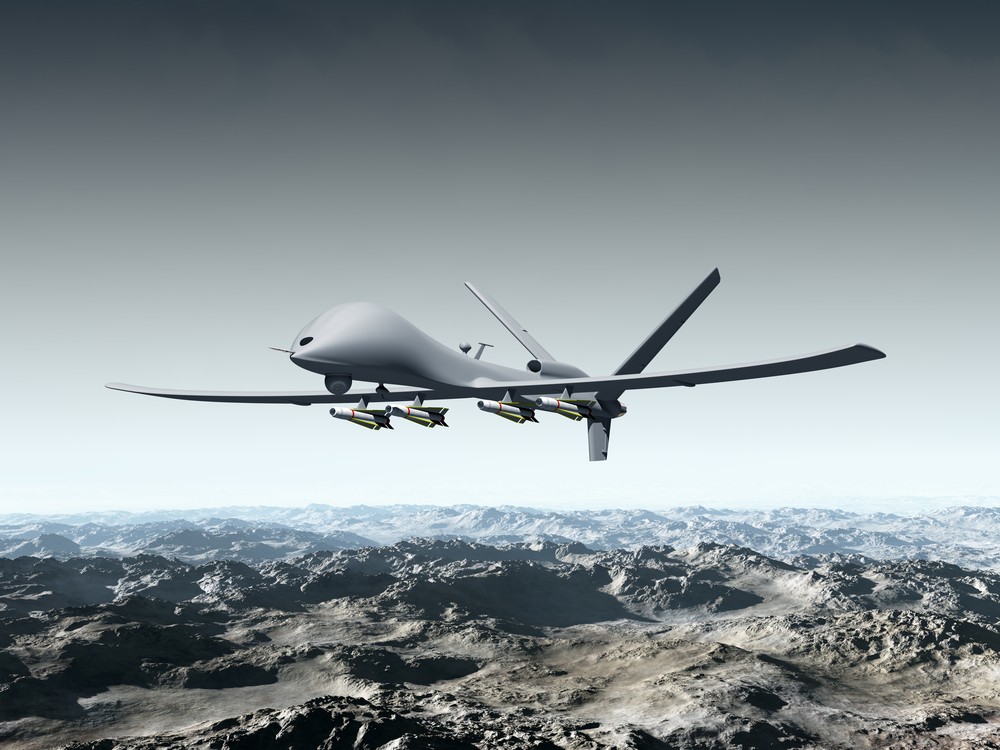The Czech army is making preparations to acquire a set of kamikaze drones, known as standby munitions, which are a combination of guided missiles and unmanned aerial vehicles. These drones have proven to be highly effective in the conflict in Ukraine, where both the Ukrainian and Russian armies have been utilizing them.
Negotiations with a specific supplier, the Israeli company UVision, are currently underway. The Ministry of Defence is committed to maintaining commercial confidentiality with the chosen supplier throughout the project, as confirmed by General Staff spokeswoman Vlastimila Cypris in a statement to Pravo.
The army’s plan is to procure ten sets of these standby munitions for their ground forces units, with the contract expected to be finalized by the end of 2023. While the exact cost of the kamikaze drones has not been disclosed, it is known that the Italian special forces have purchased a number of smaller Hero 30 drones for nearly 100 million crowns.
According to Michal Zdobinský, editor-in-chief of the Army Technical Magazine (ATM), kamikaze drones offer a unique combination of guided missile capabilities and reconnaissance drone functions. Their silent and low-speed characteristics make them difficult to detect by radar, allowing them to circle over a target and strike at the opportune moment. Smaller drones can be easily controlled by a single soldier, who can carry the launcher and drone on their back. However, larger drones require advanced transportation technology to reach their destination.
The concept of standby munitions has been in use by various armies for several years, but it garnered increased attention during the 2020 Nagorno-Karabakh war, when Azerbaijan effectively used them to neutralize Armenian air defenses. Presently, kamikaze drones are playing a significant role in the ongoing conflict in Ukraine, with both sides employing them strategically.
The Ukrainians have been using small Switchblade 300 drones supplied by the United States, while the Russians have utilized their own Lancet drones and Iranian Shahid 136 machines. The latter have caused considerable damage to Ukraine’s air defenses, catching them off guard due to their estimated combat range of 1,000 kilometers.
The Czech military had previously considered purchasing three larger Heron 1 combat drones from Israel, but their focus shifted to acquiring 200 smaller drones due to the success of such unmanned vehicles in the Ukrainian conflict. The army currently operates several dozen smaller drones, including Scan Eagle drones, Dragonfly A quadcopters, and American Raven and Puma drones.
The decision to prioritize smaller drones is attributed to their usefulness in direct combat situations, as they can provide commanders with real-time battlefield situational awareness without the need for extensive deployment or coordination from higher-ups. Petr Čeklovský, an intelligence specialist with the Czech army, stressed the ease of use and rapid deployment capabilities of micro and mini drones, comparing their utility to that of binoculars for a commander.
Source: novinky.cz


















